
DEEP SEARCH 2019: DEEP Sea Exploration to Advance Research on Coral/Canyon/Cold seep Habitats
Past Expedition
Overview
From April 9 to 30, 2019, NOAA and partners at the Bureau of Ocean Energy Management and the U.S. Geological Survey conducted a research expedition on NOAA Ship Ronald H. Brown to collect critical baseline information about deepwater habitats offshore the U.S. Mid- and South Atlantic coasts.
Features
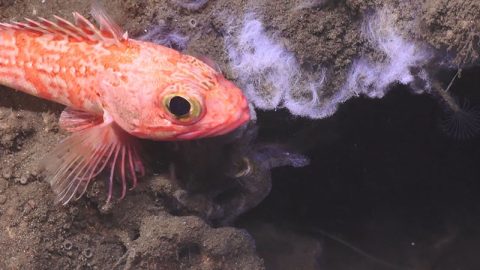
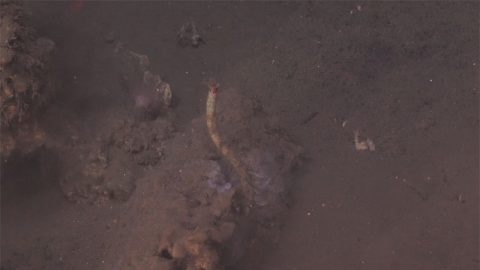
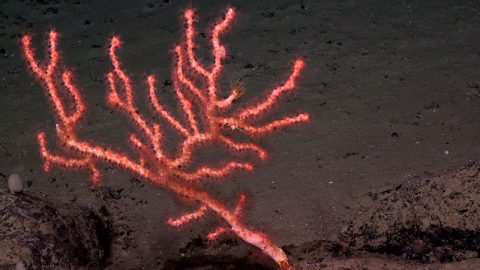
View Less
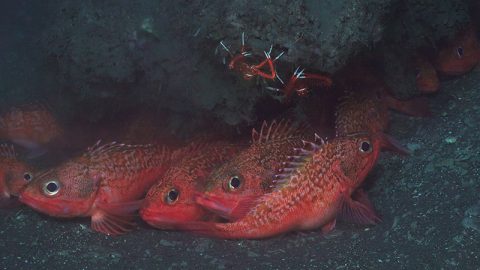
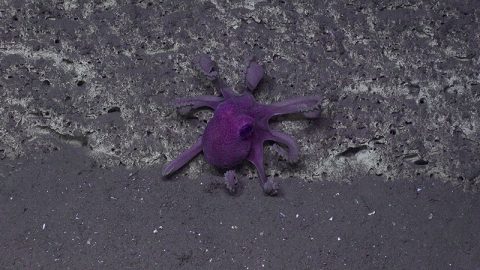
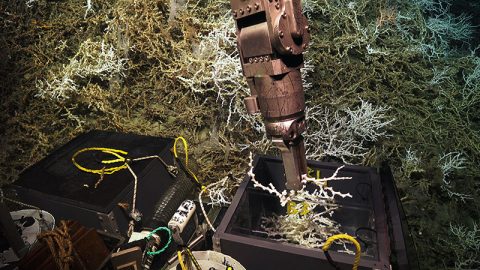
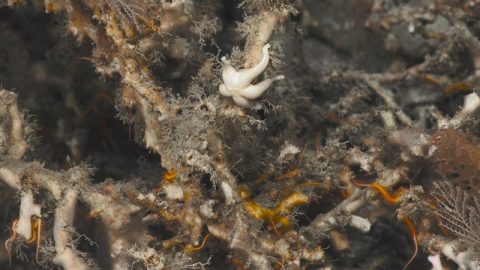
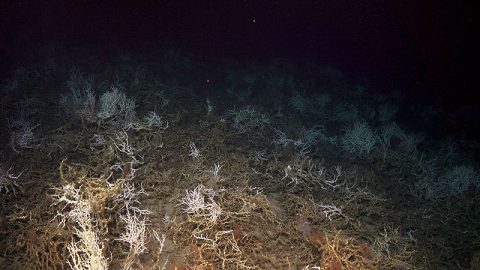
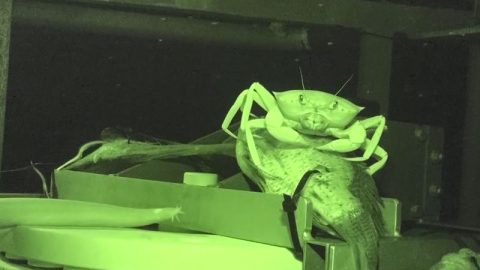
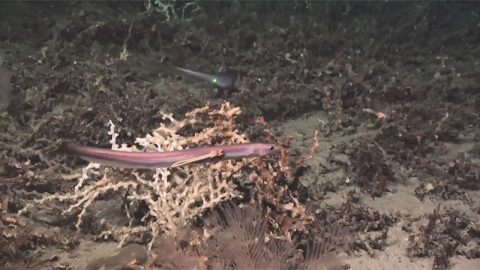
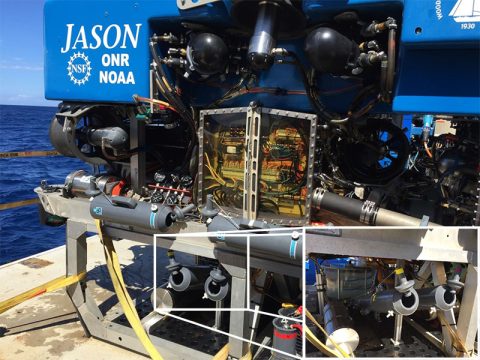
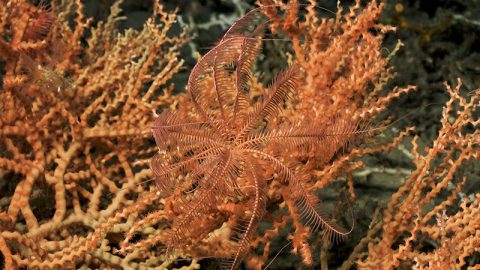
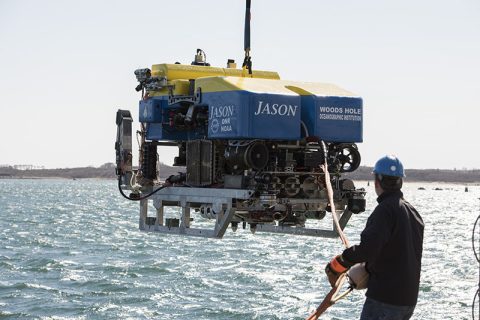
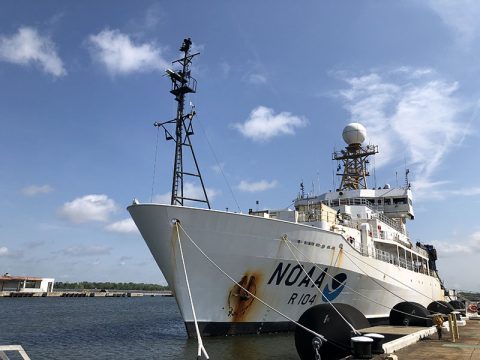
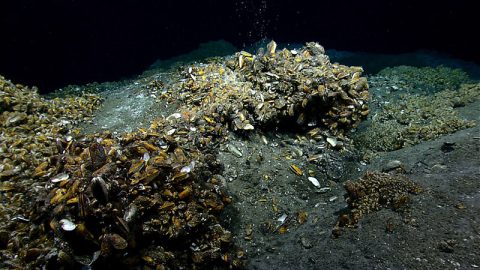
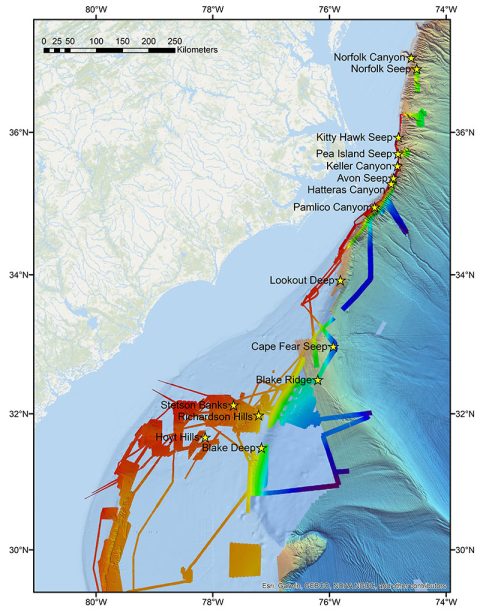
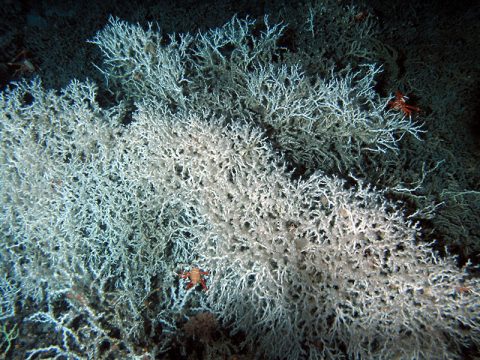
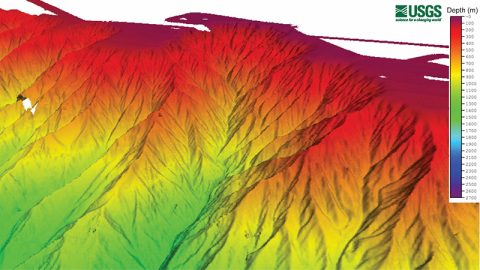
Multimedia
Featured multimedia assets associated with this project.
Education
Our Learn & Discover page provides the best of what the NOAA Ocean Exploration website has to offer to support educators in the classroom during this expedition. Each theme page includes expedition features, lessons, multimedia, career information, and associated past expeditions. Below are related top education themes for this expedition.
Meet the Exploration Team
Learn more about the team members and their contributions to this project.
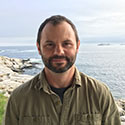
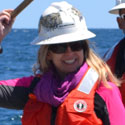
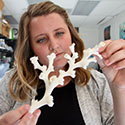
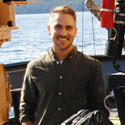

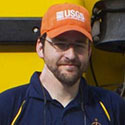
Resources & Contacts
-
Kaitlin Kovacs
United States Geological Survey
Email: KKovacs@usgs.gov -
Rex Sanders
United States Geological Survey
Email: RSanders@usgs.gov -
Marjorie Weisskohl
Bureau of Ocean Energy Management
Email:
Marjorie.Weisskohl@boem.gov
